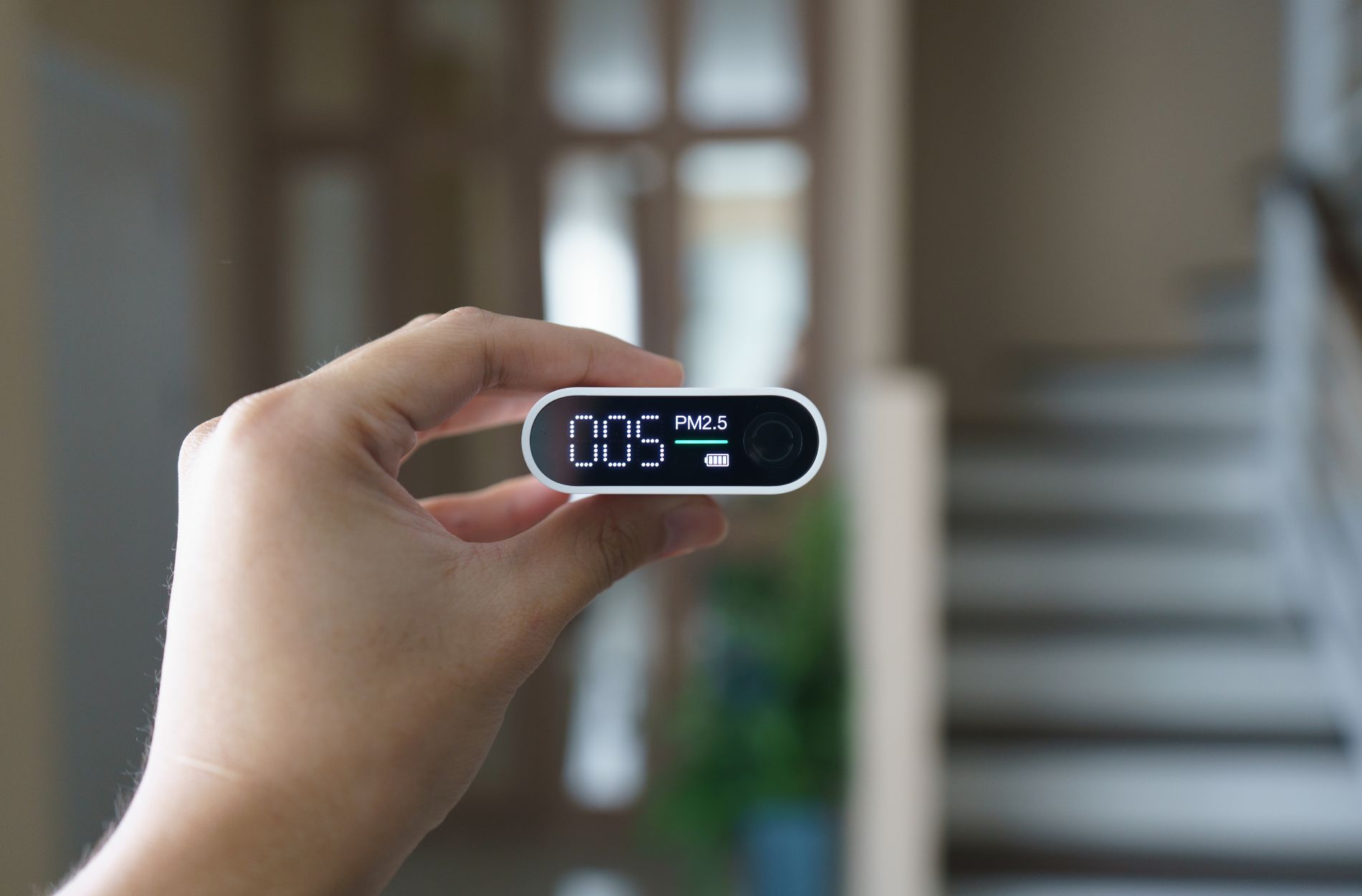Indoor air quality plays a crucial role in maintaining a healthy and comfortable home environment. With windows and doors often closed, especially during colder months, the air inside your home can become more polluted than the air outside. Understanding and addressing common indoor air pollutants is essential to ensure a safe living space for you and your family.
In Everett, maintaining good air quality is particularly important as homes are built to be energy-efficient, often limiting natural ventilation. Recognizing and eliminating sources of pollution within your home can lead to better health and overall well-being. Let’s explore what these pollutants are and how to keep them in check for a cleaner, healthier home.
Common Indoor Air Pollutants in Everett Homes
Several common indoor air pollutants can negatively impact your home’s air quality. These pollutants include dust, pet dander, mold, and volatile organic compounds (VOCs). Each of these can contribute to respiratory issues and other health problems if not properly managed.
1. Dust: Dust can accumulate quickly and often contains a mix of particles such as dirt, skin flakes, and fibers. Regular dusting and vacuuming can help keep this under control.
2. Pet Dander: Even if you love your furry friends, their dander can become airborne and cause allergies. Ensuring pets are groomed and their areas are clean helps reduce this issue.
3. Mold: Mold thrives in damp environments and can release spores into the air, exacerbating asthma and allergic reactions. It’s essential to control humidity levels and address any water leaks promptly to prevent mold growth.
4. VOCs: Found in household products like paints and cleaning agents, VOCs can off-gas from these materials, affecting air quality. To minimize VOC exposure, use products with low VOC content and ensure adequate ventilation during and after use.
By understanding these pollutants, homeowners can take proactive steps to improve the air they breathe. Regular cleaning routines, along with mindful choices in household products, can significantly reduce the presence of these contaminants and promote a healthier living environment.
Identifying Sources of Indoor Air Pollutants
To effectively eliminate pollutants, it’s crucial to identify their sources within your home. Many common household activities and items can introduce these pollutants. Cooking fumes, for instance, can release particles and gases that linger in the air, while household cleaning products may contain chemicals that emit VOCs. Building materials, furniture, and even personal care products are other potential sources that can degrade indoor air quality.
To help manage air quality effectively, consider this checklist to locate possible sources of pollutants in your home:
– Check your kitchen: Make sure to use exhaust fans while cooking to remove fumes and particles.
– Review cleaning supplies: Opt for eco-friendly or natural cleaning products that emit fewer chemicals.
– Inspect for mold: Look in damp areas, such as the bathroom and basement, for signs of mold and address any leaks or humidity issues.
– Examine building materials: Ensure that any renovations or new furniture installations use low-emitting materials.
– Pets: Regularly groom and clean up after pets to minimize dander.
By becoming aware of these sources, you can make informed choices about the products you bring into your home and actions you take to keep the air clean.
Effective Methods to Eliminate Indoor Air Pollutants
Once you’ve identified potential sources, there are effective strategies to mitigate their impact:
1. Regular Cleaning: Maintain a cleaning schedule to minimize dust and dander. This includes vacuuming carpets, dusting surfaces, and washing fabrics.
2. Proper Ventilation: Encourage fresh air circulation by opening windows or using mechanical ventilation systems. Install exhaust fans in kitchens and bathrooms to vent moisture and odors outside.
3. Air Purifiers: Invest in air purifiers with HEPA filters to remove smaller particles like dust, pollen, and dander from the air. These filters are particularly beneficial for allergy sufferers.
4. Humidity Control: Use dehumidifiers in damp areas to prevent mold growth. Aim to keep indoor humidity levels below 50 percent.
5. Houseplants: Incorporate certain houseplants that are known to improve air quality by removing toxins naturally.
Implementing these measures can greatly enhance the indoor air quality of your home, creating a healthier living environment for everyone.
The Role of Professional Services in Maintaining Air Quality
While personal efforts can significantly reduce indoor air pollutants, professional assessments offer enhanced insights and solutions. Our professionals provide expert evaluations to identify less obvious sources of pollution and recommend tailored solutions based on specific needs.
Regular inspections by qualified technicians can also help maintain optimal air quality. They can perform crucial maintenance tasks, such as inspecting HVAC systems, cleaning ducts, and ensuring that all air filtration systems are functioning correctly. This ongoing care helps prevent pollutant buildup and ensures that your home air quality remains healthy.
Breathe Easier with Improved Air Quality in Everett
Addressing indoor air quality is an ongoing process that requires attention and commitment. By identifying and eliminating common pollutants, you not only improve the environment in which you live but also enhance the health and well-being of your household.
Taking proactive steps not only ensures a cleaner, healthier home but also provides peace of mind, knowing that your efforts contribute to a safer space for you and your loved ones. Regular professional assessments add another layer of security, ensuring that your home remains a sanctuary of good health and comfort.
If you are ready to experience clear benefits and a healthier home environment, trust Climate Pro LLC to help you improve air quality in Everett to support your family’s well-being. For a quick estimate or to book a service visit, please contact us today.


